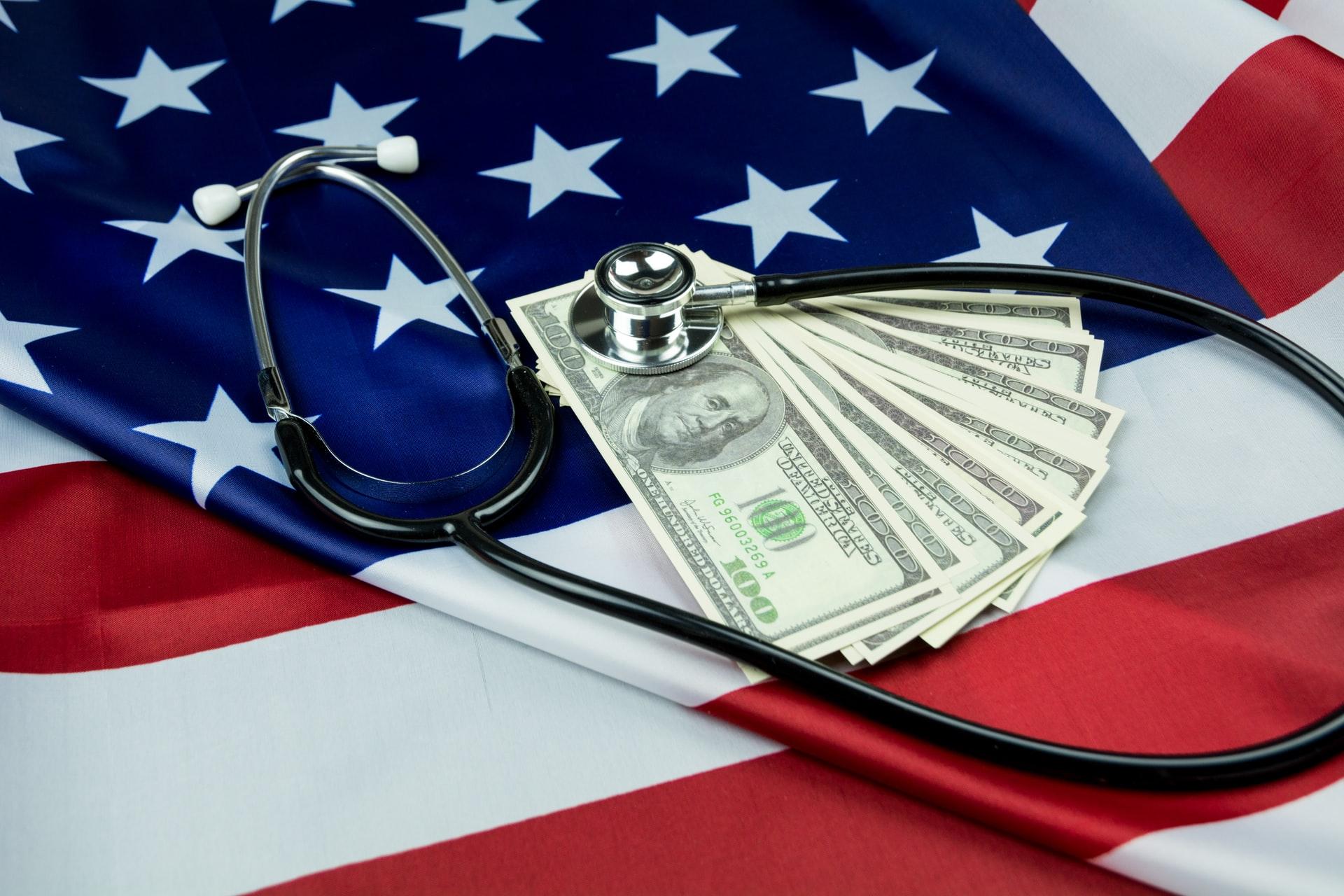If you’re considering a career in medical billing and coding, you’re making a good choice, but you need to be certain before you start your training. Billing and coding isn’t direct patient care, but instead, falls on the more administrative side of things. To put it plainly, you’ll be working in healthcare, but you’ll probably be at a desk. If that sounds good to you, read on. If not, you might want to consider another path.
Medical billing and coding is a crucial component of the healthcare system, and while you’re not participating in direct clinical care, you’re largely responsible for ensuring that care continues by coding medical paperwork and billing insurance companies appropriately.
Let’s learn more about what billing and coding is, what you’ll make doing it, how to get there, and what the job outlook is like. Then, you can decide for yourself if it’s right for you.
What You’ll Do
So, what exactly does a medical biller and/or coder do, anyway? I say “and/or” because sometimes the two are combined into one job and sometimes they’re separate. For the sake of argument, let’s put them together. So, you’re seeking a medical billing and coding certification. What will you do on a daily basis?
Every single prescription, operation, medical procedure, etc., has a specialized code assigned to it. The purpose of this code is to standardize language and patient care across an industry where different providers might have different languages, industry jargon, etc. Your job as a biller and coder is to translate these medical forms into billable “codes”, so that you can bill the appropriate insurance provider.
More often than not, if you’re a coder, you’re the one creating the invoices, too. It’s your job to make sure that the correct codes are on every invoice and are sent to the right insurance carrier. You’re essentially responsible for making sure that the patient’s care is paid for, or rather, that the payee has been notified of an outstanding balance. That’s why billing and coding are so important. Without it, it would take far longer to bill appropriately and get accurate results.
What You’ll Make
Now that you have a better idea of what a medical biller and coder does, let’s talk about the good stuff: salary. As a CPC, or “certified professional coder”, you can make anywhere from $51,000 per year to $62,000 per year on average, depending on what part of the country you’re in and the organization you work for. The AAPC divides medical coder salaries into nine regions in the US, which includes:
- Pacific: States like California and Oregon and Washington. Average yearly salary of about $62,000.
- Mountain: States like New Mexico, Nevada, Idaho, and Colorado. Average yearly salary of about $55,000.
- West North Central: States like Nebraska, Montana, and South Dakota. Average yearly salary of about $54,000.
- East South Central: States like Kentucky, Mississippi, and Tennessee. Average yearly salary of about $51,000.
- East North Central: States like Illinois, Indiana, Ohio, and Michigan. Average yearly salary of about $53,000.
- New England: States like Rhode Island, New Hampshire, Vermont, and Maine. Average yearly salary of about $58,000.
- Mid-Atlantic: States like Pennsylvania, New York, and New Jersey. Average yearly salary of about $58,000.
- South Atlantic: States like Georgia, Maryland, Virginia, and West Virginia. Average yearly salary of about $53,000.
- West South Central: States like Texas, Oklahoma, Arkansas, and Louisiana. Average yearly salary of about $54,000.
As you can see, the region dictates the salary in most cases, but other factors, such as your level of experience, coding certifications and specialties, and your preferred organization will come into play as well. The bottom line is that medical billing and coding falls in at about the mid-50s in terms of annual salary, which is a great starting salary for someone fresh out of school.
Training and Education
Speaking of school, let’s take a closer look at what training and education might look like for someone seeking medical billing and coding certifications. Medical billing and coding courses can be completed entirely online in some cases, and they won’t cost the same as a four-year degree. In fact, you can complete a medical billing and coding course and become certified through UMA in just eleven months! These fast-track programs are great for people who are looking for a quick entry-level career or fresh out of high school and seeking a career path that won’t cost a fortune.
What The Job Outlook Is Like
The job outlook for medical billers and coding specialists is good, according to the BLS website. Growing by about 8% annually through the next decade or so, the projected growth is faster than average, and in 2019, there were about 341,000 of these jobs in the US.
Is It For You?
Now that you know how to get your certification, what your job will look like, and what kind of money you could make, it’s time to make a decision. Is medical billing and coding right for you? If you’re looking for a fast-track career with a livable entry-level wage, potential benefits, and opportunities for advancement, then you’re in the right place.

